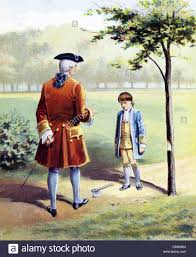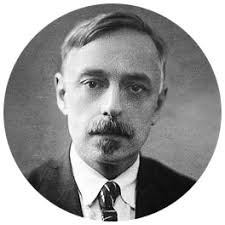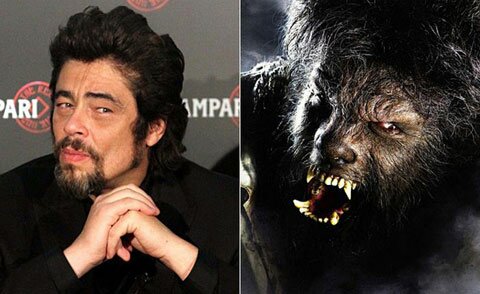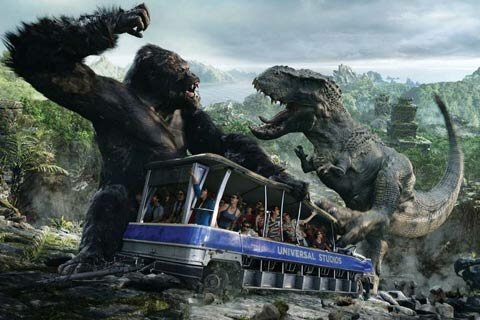The Night Of The Living Dead is a suspenseful movie, including multiple major segments. The first most important segment would be “They’re Coming to get you”. As Barbra and her Brother Johnny are at a graveyard, Johnny begins to joke around ” They’re Coming to get you” he says multiple times. As Barbra tells johnny to knock off the obnoxious jokes, she runs into an actual zombie. She then screams for johnny’s’ assistance. As he attempts to rescue his sister, he is ultimately knocked unconscious and Barbra is left to defend for herself. Another important segment is when everyone is stationed at the safe house, As Harry, Tom, Ben, and Barbra. They all are informed on the situation and have a better understanding. Two attempt to flee in a vehicle but die, due to engine flames. Everyone is ultimately bit and turned into zombies. These segments are situated this way to create the most suspense as possible, keeping the viewer waiting for scenes to come.
This Film can be seen as Horror. This is evident as the characters are being attacked by zombies creating an intense feeling of fear and shock, expression(s) shown throughout the entire entourage. The Story has a specific plot, as the base characters get an inital glimpse of the upcoming issue. The characters then come together, attempting to rid of the issue. Finally the issue gets a hold of the characters, ultimately making the characters zombies. Its told this way and not in another way, because this plot creates the most suspense, making the viewer thirsty for what comes next. It supports the horror genre as fear is displayed throughout the entire plot.
The Night of Living Dead can be categorized as a horror movie. More specifically, Todorov defines it as a “marvelous” horror film, being explained as “the bizarre events of the story can only be explained by reference to another level of reality. First of all, this film is a black and white film style. The contrast between black and white highlights the mysterious and horrible atmosphere of this film. Second, the movie is full of scary elements. People are always afraid of the dead and the grave, and this film starts from the cemetery, with the dead as one of the main characters. The film also shows a lot of bloody horror scenes, such as the zombie cannibalism, the end, the little girl cannibalism and other scenes. This story is told in a nonlinear narrating way. As noted in Film Art, “nonlinear systems, permit random access to the entire store of footage” (68). Bit by bit, the film has to give information about the origin of the living dead. The actress ‘body movements and some background music perfectly present the intense scene, the plot’s advancement and the character’s psychological changes. There was no line, but anyone could intuitively feel Barbara’s fear. The actors stars are unknown because of budget issues. But it’s an unknown actor who makes this movie a success. It’s easy for audiences to form fixed mindsets about famous actors, associating them with their most famous roles.
https://brightlightsfilm.com/night-living-dead-reappraising-undead-classic/#.XTUvzxT7SUl
https://www.thefourohfive.com/film/article/scene-dissection-night-of-the-living-dead-1968-george-a-romero-145

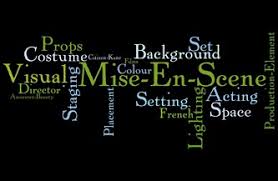
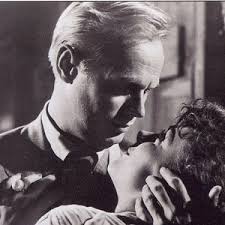 use close up shots of the actors on an overly crowded subway while Skip, the pick pocket, steals Candy’s wallet. The trend of claustrophobia continues as they introduce more characters and their homes. Skip lived in a very tiny and run down looking shack right on the water. Moe, the police’s informant, lived in just a small and dingy looking bedroom. Almost every scene is shot up close and personal. When Candy attempts to buy back the films from Skip but the end up making out instead (I found that to be a strange addition to the story line) the cameraman used a very close up shot of just the actors faces.
use close up shots of the actors on an overly crowded subway while Skip, the pick pocket, steals Candy’s wallet. The trend of claustrophobia continues as they introduce more characters and their homes. Skip lived in a very tiny and run down looking shack right on the water. Moe, the police’s informant, lived in just a small and dingy looking bedroom. Almost every scene is shot up close and personal. When Candy attempts to buy back the films from Skip but the end up making out instead (I found that to be a strange addition to the story line) the cameraman used a very close up shot of just the actors faces.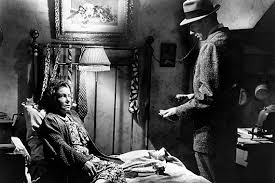 the happiest old lady. In her last scene before she’s killed she gives one last heartfelt statement to Joey that he would be doing her a favor if he killed her because she was just too tired. That’s what her surroundings really seemed to represent to me as well. It didn’t look like a home I would be comfortable and happy living in.
the happiest old lady. In her last scene before she’s killed she gives one last heartfelt statement to Joey that he would be doing her a favor if he killed her because she was just too tired. That’s what her surroundings really seemed to represent to me as well. It didn’t look like a home I would be comfortable and happy living in.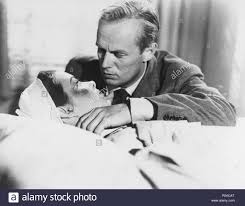 choreographed fighting where every move is planned out perfectly. Improvised fighting can end up looking more realistic than choreographed fights however it can be difficult for actors to come up with believable looking fighting without actually hurting each other. I believe that it was choreographed fighting used in Pick Up on South Street as the fight scenes weren’t all that intense or complex. Poor Candy seemed to take the brunt of it unfortunately but with there being only a few blows thrown I just think that it would’ve been simpler to plan them out ahead of time.
choreographed fighting where every move is planned out perfectly. Improvised fighting can end up looking more realistic than choreographed fights however it can be difficult for actors to come up with believable looking fighting without actually hurting each other. I believe that it was choreographed fighting used in Pick Up on South Street as the fight scenes weren’t all that intense or complex. Poor Candy seemed to take the brunt of it unfortunately but with there being only a few blows thrown I just think that it would’ve been simpler to plan them out ahead of time.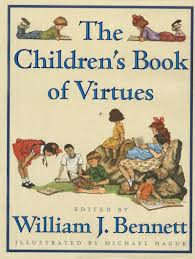 they’re stories that have been passed down from generation to generation and they instill some sort of nostalgia. For instance, when I was 1 years old my grandparents gifted me The Children’s
they’re stories that have been passed down from generation to generation and they instill some sort of nostalgia. For instance, when I was 1 years old my grandparents gifted me The Children’s